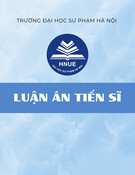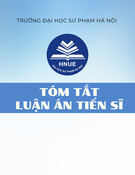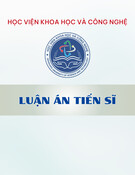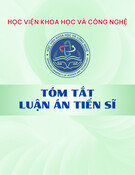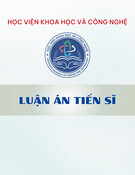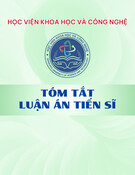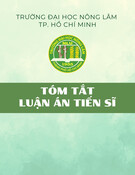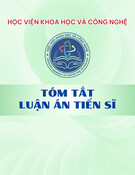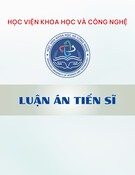
1
INTRODUCTION
1. Rationale
Developing mono species plantation with large scale, acacia
plantation in Vietnam have been meeting high risk of disease, especially
wilt disease caused by Ceratocytis sp and pink disease caused by
Corticium samonicolor, leading to seriously reducing wood productivity of
plantation. Another thing has been receiving attention from experts, some
acacia species may become invading grasses competing with indigenous
species, requiring further work on breeding Acacia varieties is being
carried out in order to create varieties of acacia that are able to limit the
risks for acacia plantations in the future.
In addition to continuing to research and select acacia varieties
according to traditional methods, the triploid acacia breeding method is
considered a new and highly practical direction. The triploid acacia variety
is expected to have fast growth, good adaptability, improved wood quality
and especially poor fertility, so the above risks can be minimized for
acacia plantations. In Vietnam, research on triploid breeding for some
commercially valuable acacia species such as Acacia mangium, A. acacia
and A. hybrid has been carried out since 2002, so far, some important
results have been obtained such as: developed method of selection,
breeding and propagation of triploid acacias; some created triploid acacia
clones and initially selected a number of promising triploid hybrid acacia
clones to put into production.
Inheriting a part of the results of the project: "Research on selection
and breeding of fast-growing triploid acacia for large timber plantations"
and additional research on wood properties and infertility of triploid acacia
in the trials has been established, the thesis "Study on growth
characteristics, wood properties and infertility of triploid acacia as a basis
for breeding and afforestation" was carried out in order to supplement the
scientific basis for further research and development of triploid acacia
cultivars in Vietnam.
2. Study objectives
General objectives






